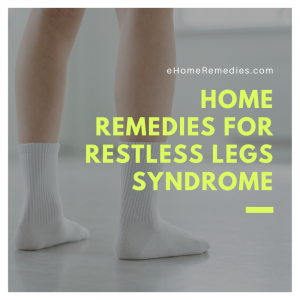Positioning is one of the most critical aspects of looking after a bedridden patient. Position affects comfort, circulation and breathing, and the formation of bedsores. The dangers of spending too long in the wrong position range from discomfort to life-threatening injury.
Independent patients can manage their position, but bedridden patients with limited mobility can’t. They rely on caregivers to position them correctly and move them regularly. In this article, we look at the factors caregivers should consider when positioning patients and two of the most widely used sleeping positions for bedridden patients.
Factors to Consider When Positioning Bedridden Patients
Why is positioning such a concern for bedridden patients? For most of our lives, we choose a comfortable position to fall asleep in, and we automatically rearrange it during the night. We don’t have to worry about complications like pressure ulcers because we naturally move about when we feel discomfort.
In contrast, bedridden patients may lack the strength or awareness to get into a safe and comfortable position without help. Caregivers have to make sure patients are correctly positioned and that their body is supported, keeping four factors in mind: pressure, shear, joint health, and circulation, and breathing.
When patients don’t or can’t move frequently, they are at risk of pressure ulcers, also known as bedsores. Bony areas such as the heels, ankles, tailbones, buttocks, hips, and shoulder blades are particularly prone to bedsores. Correct positioning aims to alleviate pressure on these areas.
Shear forces “pull” on the patient’s skin when there is friction between the skin and a surface. For example, a patient who is not adequately supported can slip down in bed, shearing the skin of their back and buttocks. The skin can tear, and the blood vessels that oxygenate it kink or twist, starving the area of oxygen, leading to tissue damage and even tissue death.
A contracture is a permanent tightening of a joint’s muscles and tendons. Contractures cause joints to shorten and stiffen, often irreversibly. Improper positioning of the joint and long periods of immobility can cause contractures and make them worse.
Finally, position affects blood circulation and breathing. Blood can pool in a patient’s legs when they are lying down, straining their heart and swelling their lower limbs.
How To Correctly Position Bedridden Patients
Positioning is complex, and the best position depends on the patient’s health and whether they already have bedsores. However, we can suggest two positions that nurses and caregivers often use.
The Semi-Fowler’s Position
The Semi-Fowler’s position is a supine position, which means the patient lies on their back. However, instead of lying flat, the bed’s head adjustment is raised, and the foot adjustment is raised slightly.
In the Semi-Fowler’s position, the bed supports the head and trunk at an angle between 15 and 30 degrees. For sleeping, 15 degrees is best. The foot of the bed is raised slightly to reduce pressure on the buttocks and lower back and to stop the patient from sliding down, the most common cause of shear injuries.
In this position, the patient’s head should be supported by a pillow to reduce pressure on their neck and shoulders. A pillow under their lower legs relieves pressure on their ankles and heels.
The Semi-Fowler has the added benefit of promoting good breathing and circulation. However, avoid supine positions like the Semi-Fowlers if the patient is prone to or already suffering from pressure sores at the coccyx or buttocks.
The Lateral Position
Lateral means lying on the side. Typically, the upper trunk is rotated forward or backward so that both arms are correctly positioned and the lower hip and shoulder are not put under excessive pressure.
In the lateral position, the head and neck must be supported by a pillow to ensure the spine is aligned. Pillows can also be used in front of and behind the patient’s torso to support their arms.
The lower leg should be angled at the knee so that the upper knee and ankle don’t rest on the lower leg. A pillow between the knees offers additional support and helps to relieve pressure on the heel and ankle, although further support may be needed at the ankle so that the heel doesn’t rest on the bed.
Regular Movement is Vital
Finally, we’d like to emphasize the importance of frequent movement. No fixed position is safe for extended periods because bedridden patients develop bedsores if they spend too long in any position.
Bedsores begin to form in less than two hours, so it’s important to change positions frequently and to avoid spending too much time in positions that put lots of pressure on vulnerable areas.
Patients at risk of or who already have pressure sores may benefit from a pressure-relief mattress with lateral rotation. Pressure-relief mattresses have air cells that automatically inflate and deflate so that pressure on vulnerable areas is varied over time.
As always, if you have any concerns about correct positioning for a bedridden patient, don’t hesitate to contact a medical professional for advice.



